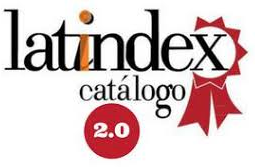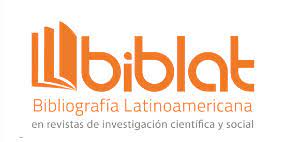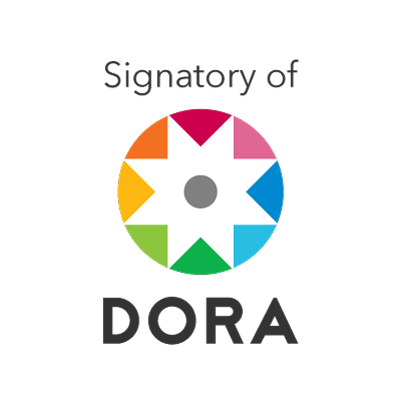Morphosyntactic transference of Aymara in Spanish
DOI:
https://doi.org/10.17162/au.v8i2.195Keywords:
linguistic transference, morphosyntaxis, language skills, mother tongueAbstract
This research study uses a descriptive type of qualitative approach, focused on describing the morphosyntactic transference of Aymarain Spanish among students of the fifth grade in the Primary School N° 70274 Challapampa –Copani -Yunguyo –Puno, 2017. The sample was made up of 12 students from the only fifth grade classroom, chosen by intentional nonprobabilistic sampling. Two instruments were applied to collect the data: The first one called "Linguistic Competency Performance Record in the Production of Written Texts in Spanish" and the second "Linguistic Competency Performance Report in the Production of Spanish Oral Texts", the data were analyzed with the Corder Contrastive Analysis technique. The result of the research show that the contact of languages which characterizes the C.P. Challapampa, gives rise to linguistic transference phenomena, especially at the morphosyntactic level where students make use of the morphosyntactic structure of Aymara S + O + V to write in Spanish, which is incorrect, since the structure of Spanish is S + V + O; frequent use of expressions such as hemosand taba; loan words from the Aymara language such as the expressions waka, awatiw; and finally the replacement of the vowel /e/ with /i/.Downloads
References
Benavente, I. (1985). El castellano en Puno: Variaciones sintácticas. Tesis de Maestría. Unidad de Maestría de la Universidad Nacional del Altiplano. Puno.
Bertonio, L. (1612). Trascripción del vocabulario de la lengua Aymara. Republicado por: Instituto de las Lenguas y Literaturas Andinas –Amazónicas. (ILLA –A).
Cerrón Palomino, R. (2003). Castellano andino. Cooperación Alemana al desarrollo. Primera edición. Lima, Perú.
Cortez, M. (1999). Características lingüísticas, culturales y educativas que presentan los estudiantes indígenas que ingresaron a la Universidad Mayor de San Marcos. Lima, Perú.
Godenzzi, J.C. (2005). En las redes del lenguaje: Cognición, Discurso y Sociedad en los Andes. Universidad del Pacífico. Centro de Investigación. Lima, Perú.
Granda, G. (1994). Español de América, español de África y hablas criollas hispánicas. Cambios, contacto y contexto. Madrid: Editorial Gredos.
Limo, A. y Salcedo, D. (2008). Contacto de lenguas: Una aproximación al caso del Perú y del español andino. ¿Cambio o muerte de las lenguas? Reflexiones sobre la diversidad, lingüística, social y cultural del Perú. Universidad Peruana de Ciencias Aplicadas. Lima, Perú. 127 –142.
Merma, G. (2007). Contacto lingüístico entre el español y el quechua: Un enfoque cognitivo-pragmático de las trasferencias morfosintácticas en el español andino peruano. Tesis doctoral para obtención del título de Doctor en Filología Española. Departamento de Filología Española. Universidad de Alicante, Alicante –España.
Miranda, L. (1998). La entrada del español en el Perú. Primera edición. Lima, Perú.
Montalvo, P. (2014). Trasferencia morfosintáctica del quechua (L1) en la producción de textos escritos (L2) en los estudiantes de la Institución Educativa Secundaria Agroindustrial de Cabanillas Lampa –Puno 2013. Tesis presentada como requisito para optar el título profesional de Licenciado en Educación en la Universidad Peruana Unión, Juliaca –Perú.
Real Academia Española (1998). El XXI Congreso de Academias de la Lengua Española. Los Ángeles.
Robledo, P. (2008). Culturas peruanas: Consecuencia del contacto en América. “Cambio o muerte de las lenguas”. Universidad Peruana de Ciencias Aplicadas. Lima, Perú.
Rodríguez, J. y Tovar, A. (1993). Análisis de errores originados por influencia de la pronunciación en las redacciones de estudiantes españoles de lengua inglesa. Valladolid, España.
Weinreich, U. (1974). Lenguas en contacto. Universidad Central de Venezuela. Venezuela.
Zimmermann, K. (2004). El contacto de las lenguas amerindias con el español en México. Revista Internacional de Lingüística Iberoamericana 2 –2004. 19 –39.
Downloads
Published
How to Cite
Issue
Section
License
- The authors retain their copyright but assign to the journal the right of the first publication, with the work registered under the Creative Commons attribution license, which allows third parties to use the published information as long as they mention the authorship of the work and that it was first published in this journal.
- Authors may make other independent or additional contractual arrangements for non-exclusive distribution of the version of the article published in this journal (eg, include it in an institutional repository or publish it in a book) as long as it clearly indicates that the work was first published in this journal.
- Authors are encouraged and advised to publish their work on the Internet (for example, on institutional or personal pages) before and during the review and publication process, as it can lead to productive exchanges and a greater and faster dissemination of the published work (see The Effect of Open Access).










